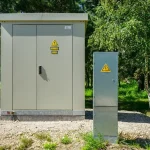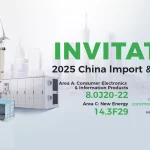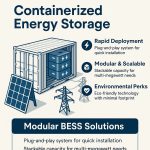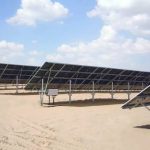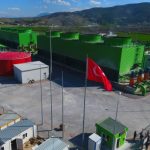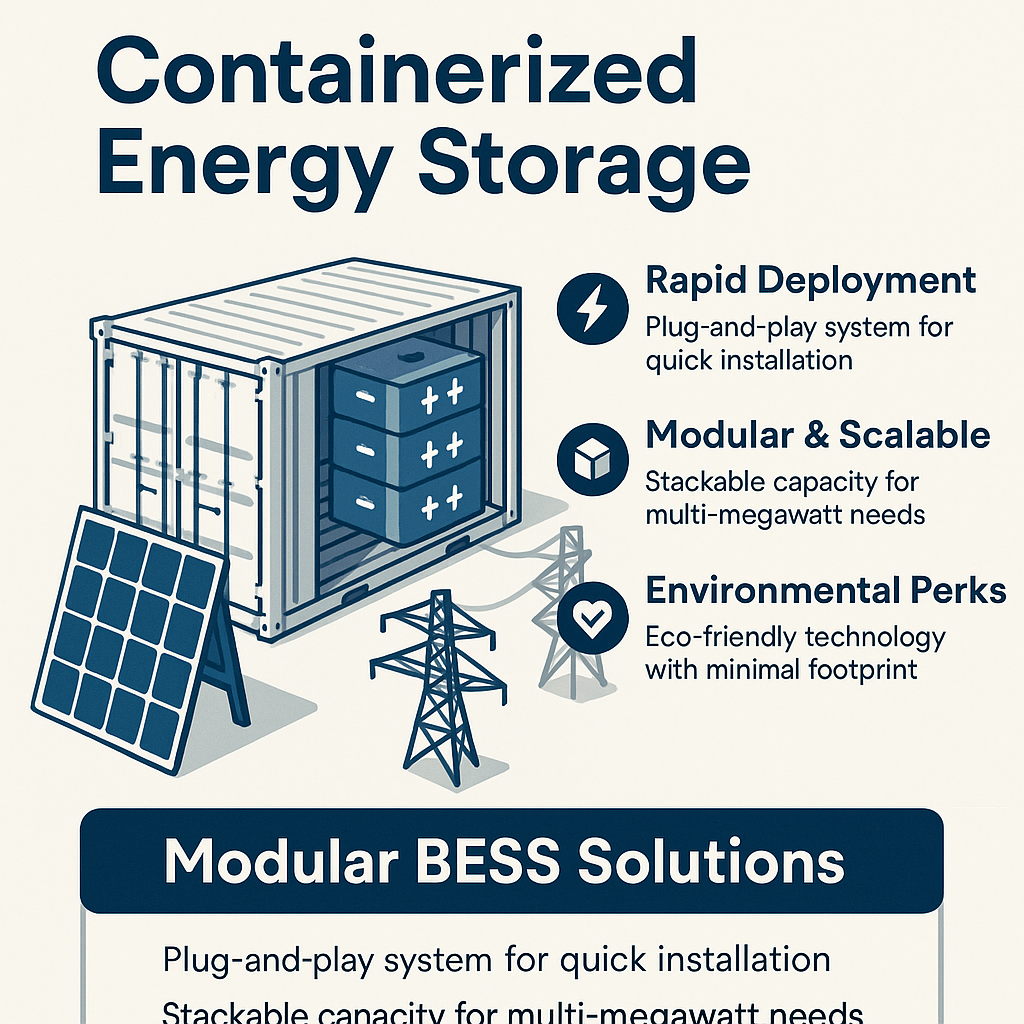Vietnam’s Energy Storage Industry is poised for robust growth, driven by soaring renewable deployment and supportive policies that mandate storage integration into new solar projects, with market projections indicating a compound annual growth rate of over 16 % through 2029. Containerized solutions offer rapid, modular deployments—ideal for Vietnam’s evolving grid and land-constrained sites—and are attracting pilot projects like Marubeni’s megawatt-scale BESS demonstration with VinGroup. Market leaders, ranging from Delta’s 10-ft LFP container modules to Huijue’s HJ-ESS-DESL 6 MWh systems, are designing products to meet local needs with enhanced safety, monitoring, and stackable capacity. Policy drivers such as compulsory 15 % storage allocation to new renewables are supporting a 300 % tender boom and launching C&I micro-grids with competitive FiTs. As Vietnam accelerates towards 16 % solar by 2030 and eyes hydrogen-ready grids, containerized energy storage solutions become a cornerstone for grid balancing, peak shaving, and new revenues in frequency regulation and arbitrage markets.
Audience and Content Analysis
The content of this article is directed at three general categories of readers:
- Policy Makers & Regulators, responding to the question of how storage obligations and FiT incentives can spearhead renewable targets without compromising grid reliability.
- Investors & Project Developers, requesting data on market growth projections, Levelized Cost of Storage (LCOS), and case-study outcomes in support of containerized BESS business models.
- Technical Consultants & EPC Contractors, seeking information on modular integration, thermal management in tropical climates, and conformity to safety standards like UL 9540A and NFPA 855.
To serve such audiences better, the post uses easy H2/H3 headings, bullet-pointed takeaways, informal metaphors—”putting a power station in a shipping container”—and organically placed keywords (target density ~3 % for Vietnam’s Energy Storage Market) without being overwhelming.
Vietnam’s Energy Storage Market Overview
Rapid Market Growth Projections
Experts predict that Vietnam’s Battery Energy Storage Market will expand at a CAGR of 16.23 % in 2025 to 20.76 % in 2029, propelled by solar PV penetration and grid-flexibility requirements. Utility-scale and distributed installations are the projected figures.
Policy Drivers & Incentives
- Mandatory Storage Reservation: Ministry of Industry and Trade’s 2025 decree stipulates minimum 15 % storage capacity for new renewable tenders, up from 10 % in 2024, resulting in a 300 % year-on-year spike in storage RFPs.
- Feed-in Tariff Enhancements: Decision 988/QD-BCT revises solar FiTs and offers bonus rates for storage-integrated projects (minimum 10 % of plant capacity, 2 h discharge), which raises project IRRs by ~2 percentage points.
- Market Liberalization: Forthcoming reforms such as competitive bidding in the power sector and private sector access to grid infrastructure reduce investment risk for containerized BESS modules.
Benefits of Containerized Energy Storage Solutions
Modularity & Deployment Speed
Containerized solutions such as Delta’s 10-ft LFP and Delta’s pre-packaged skid packages enable “plug-and-play” deployment in weeks, not months. Such flexibility is vital to electrify remote Vietnam industrial parks and islands.
Scalability & Stackability
Huijue’s HJ-ESS-DESL range offers 372 kWh to 1.86 MWh capacity cabinets that can be set side by side to reach multi-megawatt scales without custom civil works.
Environmental Safety Monitoring
Next-generation EMS platforms feature cloud analytics, predictive maintenance, and self-healing fault detection—minimizing downtime and O&M expenses. Safety is supported with LFP cells, cell-level monitoring, double redundancy sensors, fire-resistant materials, and onboard suppression systems.
Case Studies & Pilot Projects
- Marubeni-VinGroup Pilot: Southern Vietnam industrial-scale demo provides actual operating figures—greater than 95 % round-trip efficiency and response-regulation ancillary services.
- Delta Modular Deployments: State-of-the-art industrial park consumers attain 20 % peak shaving and greater than USD 50/kW yr annual revenue in ancillary services.
- EVN’s 50 MW Pilot: EVN’s initial roll-out with ADB and GEAPP targets 300 MW by 2030 for system stabilization and backup in support of emergency central provinces.
Product Highlight: Huijue HJ-ESS-DESL 6 MWh Energy Storage System
- Capacity & Configuration: 6 MWh of storage in a standard 20-ft ISO container, with plug-and-play LV/HV connections.
- Thermal Management: Liquid-cooled loops maintain cell temperatures at the optimum up to 45 °C, which boosts cycle life by ~15 % over air-cooled systems.
- Smart EMS: AI-optimized dispatch algorithms optimize peak arbitrage and frequency-response market participation.
- Safety & Compliance: UL 9540A and NFPA 855 certified, making permitting easier and mitigating fire risk.
Challenges & Market Considerations
- High CapEx: Even with declining battery pack costs, containerized BESS units continue to have USD 400–600/kWh installed and require blended financing structures to be bankable.
- Grid Readiness: Vietnam’s aging transmission and distribution infrastructure requires upgrading to manage bidirectional flows as well as fault-ride-through capability from BESS installations.
- Technical Interoperability: Interoperability between a number of BESS chemistries, inverters, and EMS platforms is required, for which open-protocol standards like IEEE 2030.5 and OPC UA must be adopted.
- Regulatory Clarity: Standardized storage-specific tariffing and licensing will usher in the future containerized deployments.
Industry Insights & Anecdote
You’d think putting an entire power station in a shipping container is science fiction—until you watch a 6 MWh unit roll off the wharf, humming away like a submarine on a stealth mission. During a recent tour of one plant, a project manager half-joked that boxes such as these are the “LEGO blocks” of the grid—hook up enough of them, and you’ve got a new network. It’s precisely that sort of straightforward modular design that could light up Vietnam’s factories, campuses, and islands, box by box.

